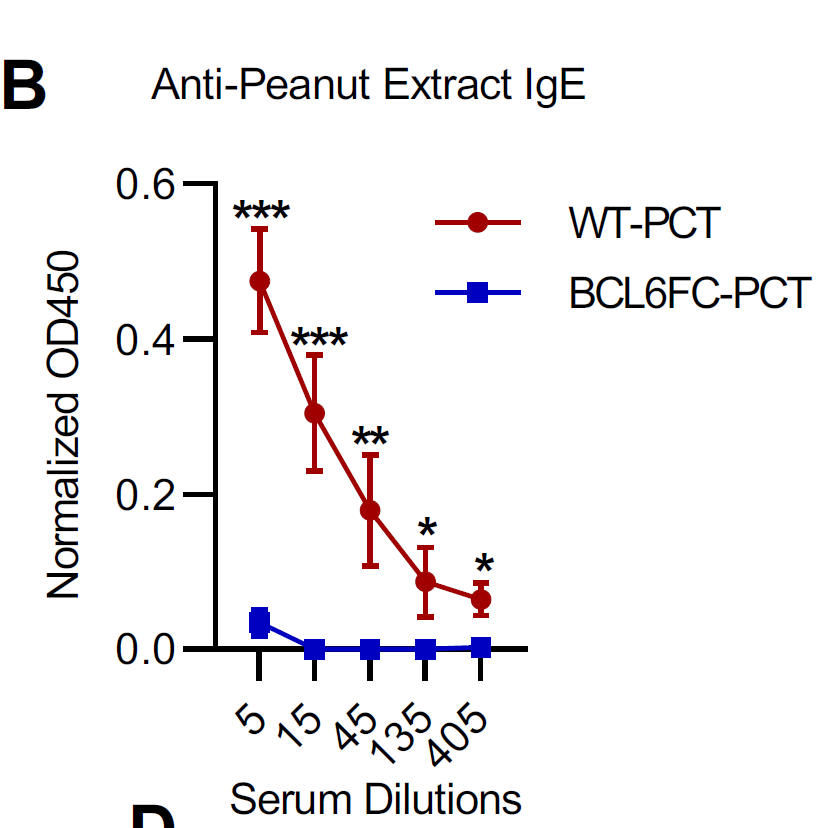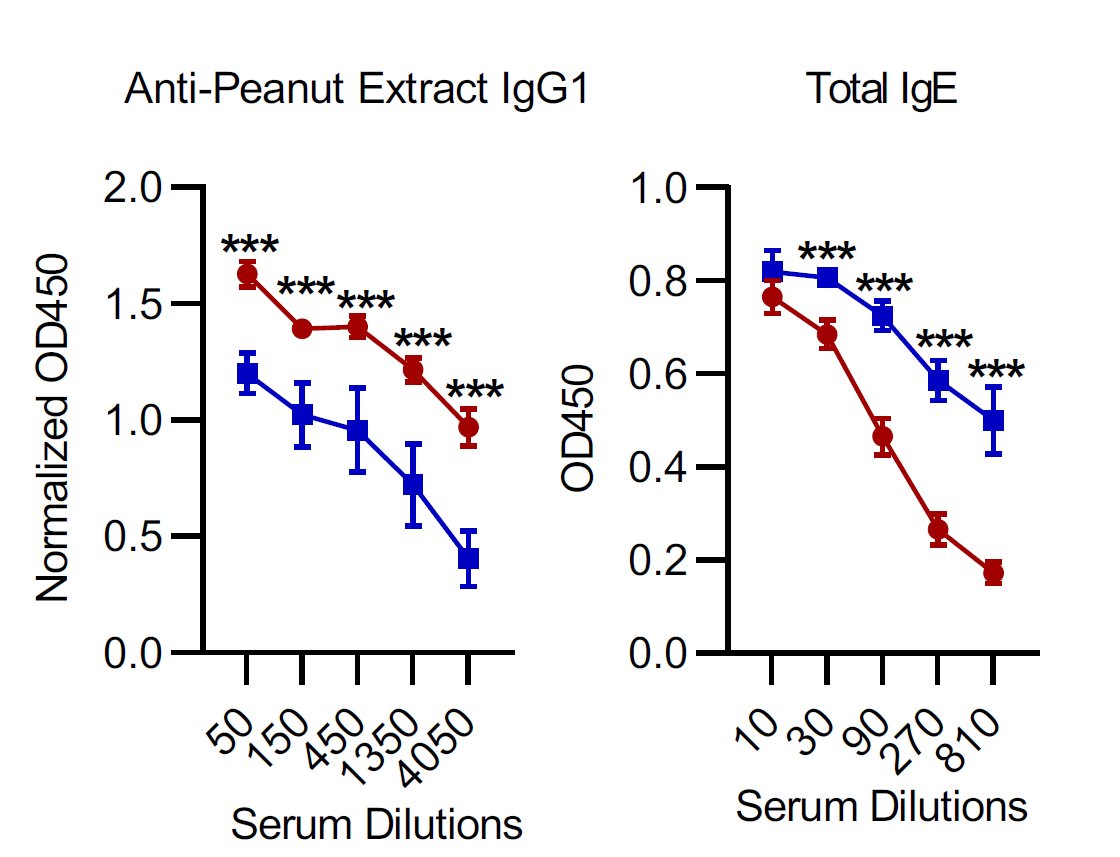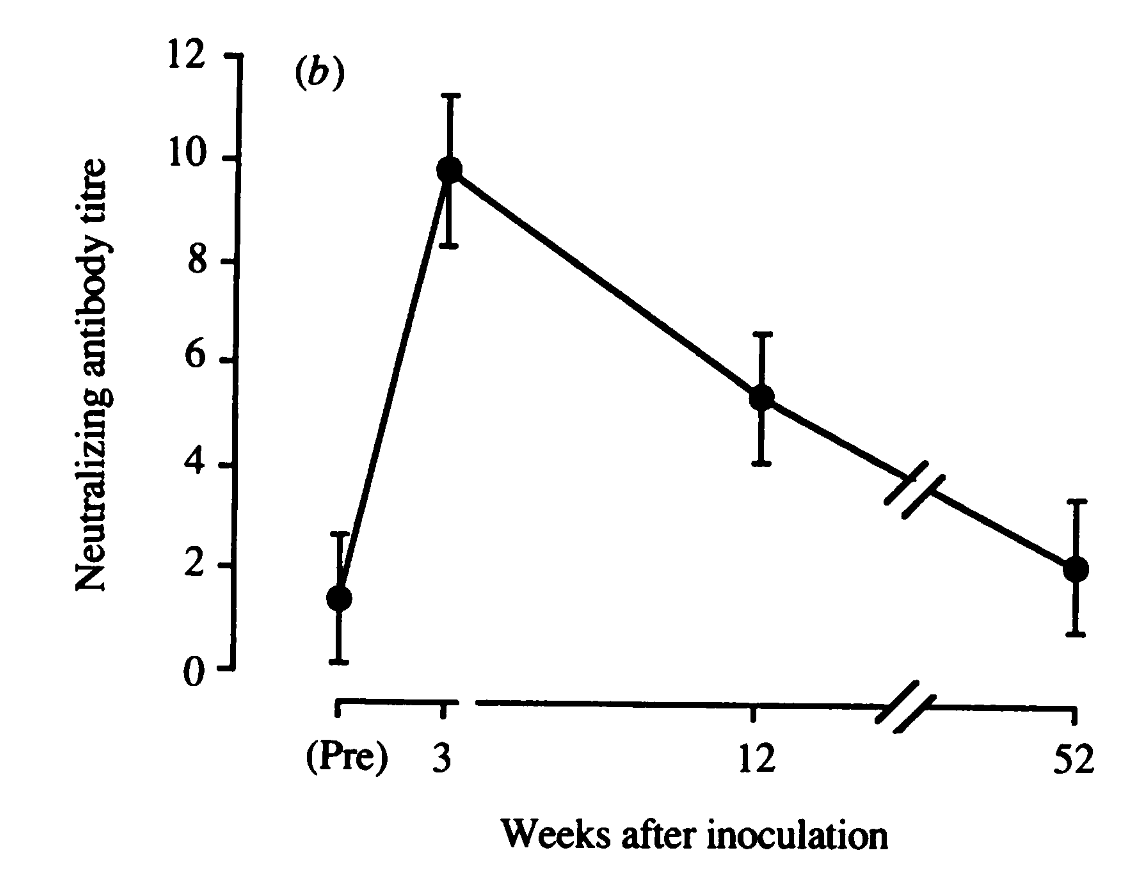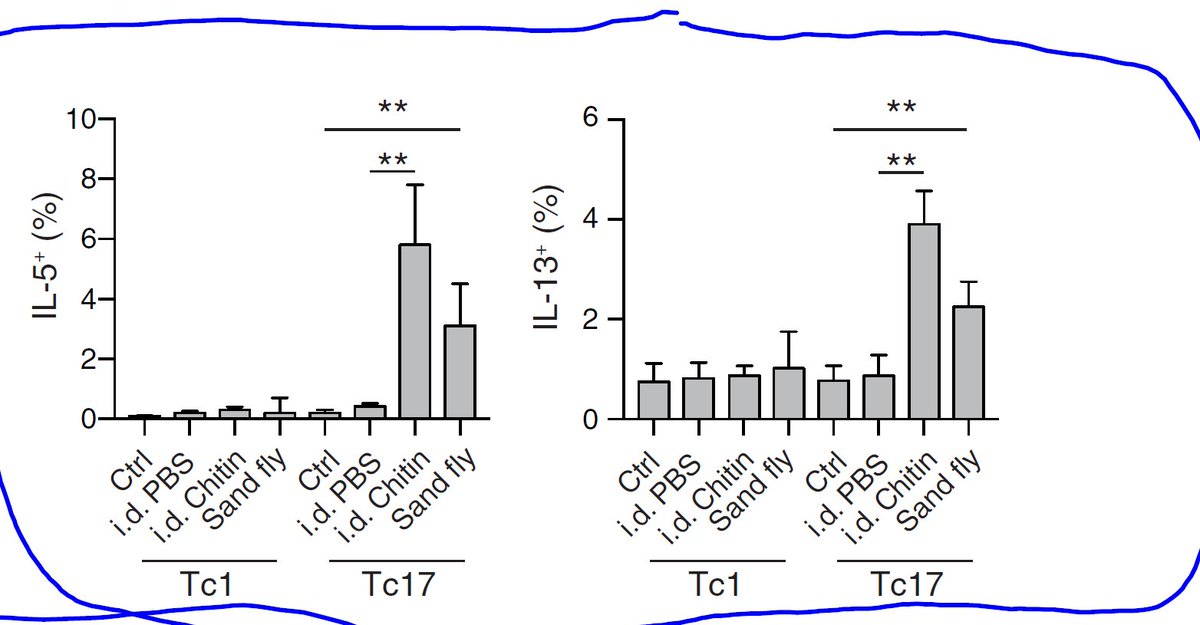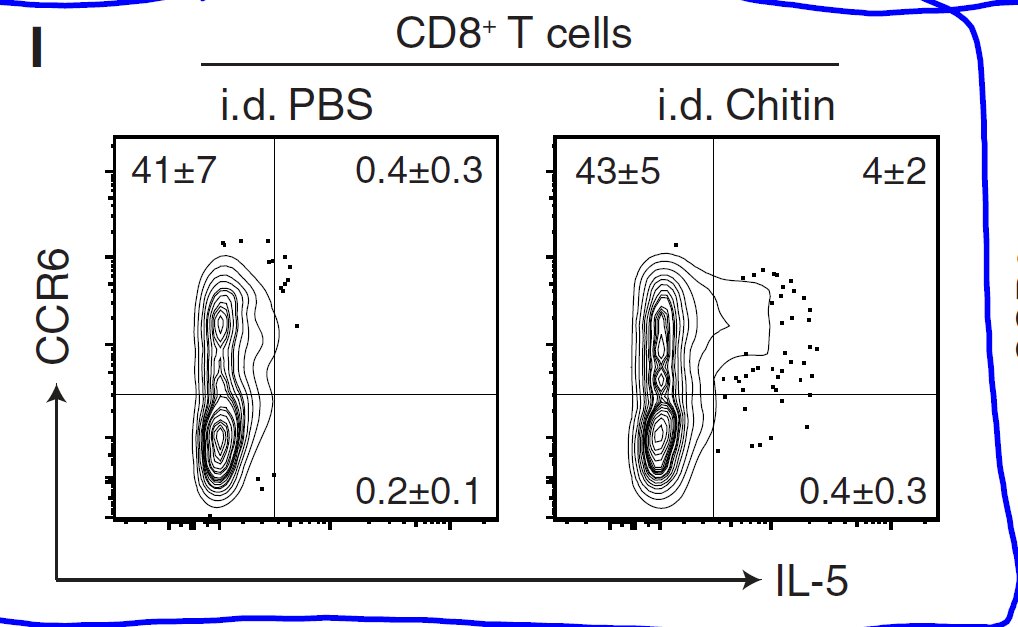
These two graphs tells the story about 3rd wave with #DeltaVariant.
daily cases vs. daily death. Based on data from 2nd wave,we should have expected already ~ 500-2000 death daily but so far the UK only reported ~ 100 daily death. Does it mean vaccine worked? No. why not?
1/

daily cases vs. daily death. Based on data from 2nd wave,we should have expected already ~ 500-2000 death daily but so far the UK only reported ~ 100 daily death. Does it mean vaccine worked? No. why not?
1/


Why cannot I say with certainty that 10-20 fold lower daily deaths in the 3rd wave indicate that the vaccine is effective?
Simply because the authority consistently say that >90% of those who are diagnosed with #COVID19 are non-vaccinated.
2/
Simply because the authority consistently say that >90% of those who are diagnosed with #COVID19 are non-vaccinated.
2/
So, >90% with #COVID19 are non-vaccinated and still there is 10-20 fold fewer daily death?
This makes no sense unless #COVID19 positive population in 3rd wave is completely different from those in the 1st and 2nd waves.
3/
This makes no sense unless #COVID19 positive population in 3rd wave is completely different from those in the 1st and 2nd waves.
3/
As I said earlier vaccine cannot explain the drop in daily death in 3rd wave as >90% of those with #Covid19 ar non-vaccinated.
Only reasonable explanation is 3rd wave population is somehow different. One reasonable argument is that it is much younger, healthier group.
4/
Only reasonable explanation is 3rd wave population is somehow different. One reasonable argument is that it is much younger, healthier group.
4/
So, what does it all mean?
it means, in my view, that we cannot say that the current vaccine is reducing the daily death rate as it is reduced without a vaccine.
younger, non-vaccinated group is the main target of the 3rd wave because older population is still practicing NPI.
it means, in my view, that we cannot say that the current vaccine is reducing the daily death rate as it is reduced without a vaccine.
younger, non-vaccinated group is the main target of the 3rd wave because older population is still practicing NPI.
• • •
Missing some Tweet in this thread? You can try to
force a refresh


